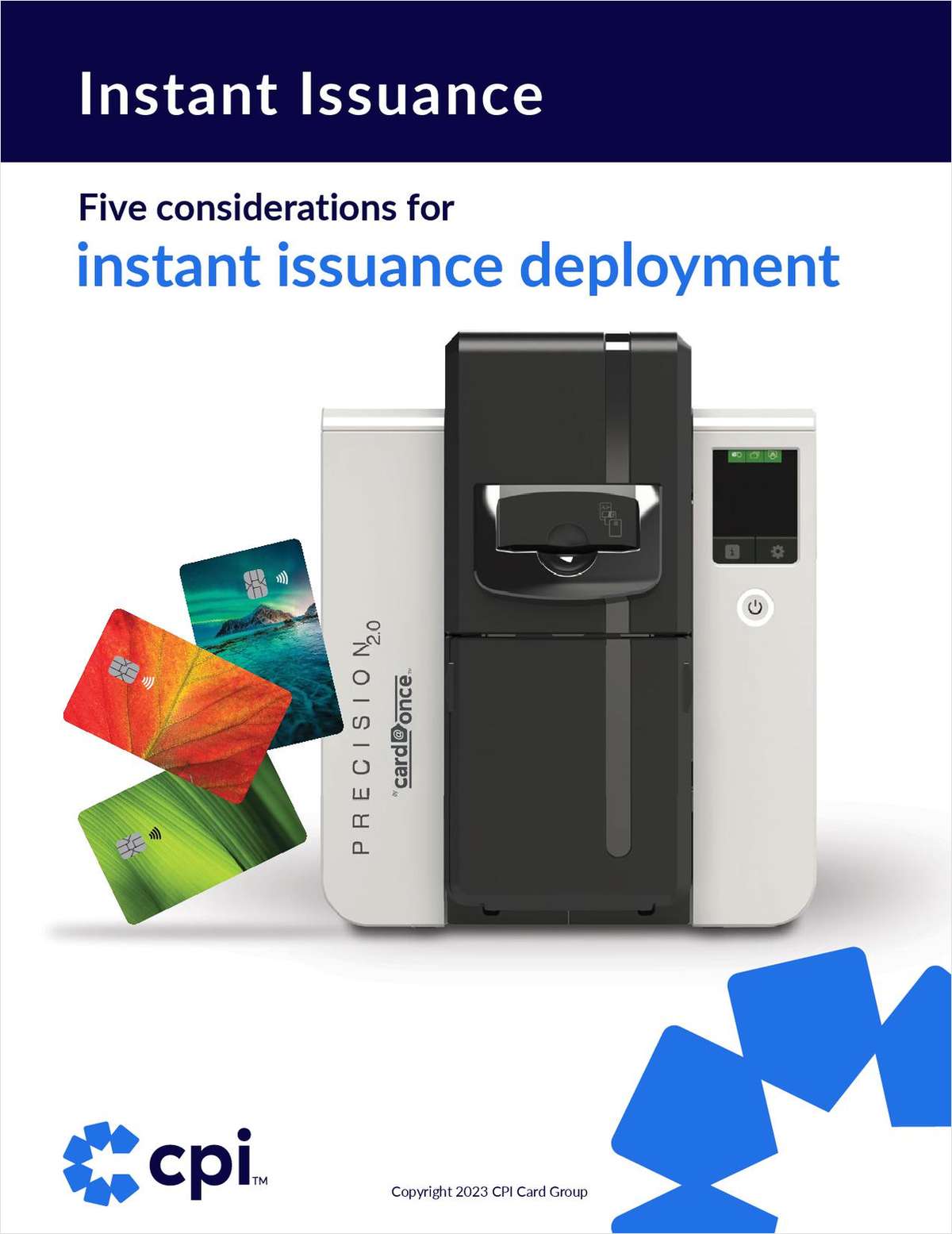Like their U.S. counterparts, Canadian credit unions are member-owned, democratically-run not-for-profit cooperatives that operate based on the "people helping people" philosophy. Despite their many similarities, there are several unique characteristics of the Canadian CU system that U.S. credit unions are unaccumstomed to. Here are a few of them: * The Canadian credit union and caisses populaires system does not have a dual chartering system . Eligibility for membership can include being part of a "common bond of association," such as an industry, trade union, club or community, religious or ethnic background, or being a resident of a defined geographic area. Instead, each province – 9 in total – has its own regulator. Depending on the province that regulation could be run out of any department, but some have separate CU division. * The Canadian credit union system includes the following, in order of importance: * CU members * Individual, autonomous credit unions * Provincial credit union Centrals which are owned collectively by the credit unions in a specific province and are regulated provincially. They provide financial, trade association and other services to member CUs. In addition, all Centrals with the exception of the Centrals of New Brunswick and Prince Edward Island are regulated federally, under the Cooperative Credit Associations Act. Federally regulated provincial Centrals and Credit Union Central of Canada are inspected by the Office of the Superintendent of Financial Institutions. * The national credit union central facility, Credit Union Central of Canada is owned collectively by the provincial centrals and is a member of the World Council of Credit Unions. Together, the eight provincial Centrals designate the 10 directors on the CU Central of Canada Board. It provides trade association and other services to the provincial organizations and is responsible for overseeing national liquidity for the Canadian credit union system. By agreement, each provincial Central holds 2% of the aggregate assets of local credit unions which are affiliated with Credit Union Central of Canada in a segregated fund under the control of a custodian. Another 4% must be made available for liquidity purposes and invested in qualifying assets, although not in a segregated fund. Combined operating liquidity must total 6%. * Affiliates and organizations, including government agencies, that complement and support the Canadian CU system. * According to the Canadian Department of Finance, Canada has the world's highest per capita membership in the credit union movement. As of March 2003, there were over 10 million people or about one-third of the Canadian population that belonged to a credit union. * Deposits of credit union members are protected by provincial stabilization fund or deposit insurance and guarantee corporations, with the amount of coverage varying by the province. Deposits are fully guaranteed with no limits on the amount of coverage provided in Saskatchewan, Manitoba and Alberta. Deposits in Nova Scotia and Newfoundland and Labrador are insured to a maximum of $250,000; Ontario and British Columbia guarantee deposits to a maximum of $100,000 per account. Quebec, New Brunswick, and Prince Edward Island guarantee deposits the same as banks – $60,000. In addition, Ontario, Newfoundland and Labrador, Nova Scotia and Prince Edward Island offer protection for registered retirement savings plans and registered retirement income funds sold by credit unions. * Canadian CUs lost their tax exemption in 1972 due to the rewriting of national income tax legislation. CUs and all corporations pay taxes on taxable income derived from a formula based on their retained earnings. About 450-500 of Canada's 600 CUs (excluding caisses populaires) are small enough to be eligible to earn a small business tax rate. Other larger CUs pay the same tax rate as larger corporations. -
Complete your profile to continue reading and get FREE access to CUTimes.com, part of your ALM digital membership.
Your access to unlimited CUTimes.com content isn’t changing.
Once you are an ALM digital member, you’ll receive:
- Breaking credit union news and analysis, on-site and via our newsletters and custom alerts
- Weekly Shared Accounts podcast featuring exclusive interviews with industry leaders
- Educational webcasts, white papers, and ebooks from industry thought leaders
- Critical coverage of the commercial real estate and financial advisory markets on our other ALM sites, GlobeSt.com and ThinkAdvisor.com
Already have an account? Sign In Now
© 2025 ALM Global, LLC, All Rights Reserved. Request academic re-use from www.copyright.com. All other uses, submit a request to [email protected]. For more information visit Asset & Logo Licensing.









